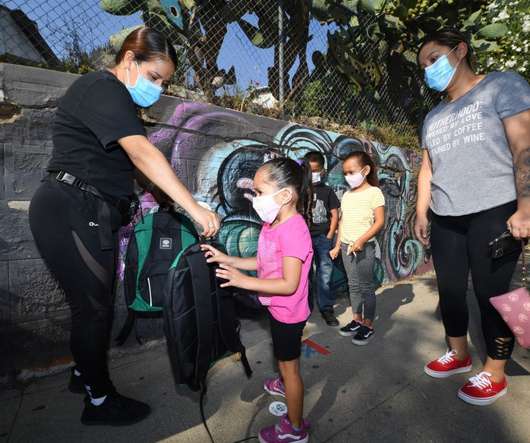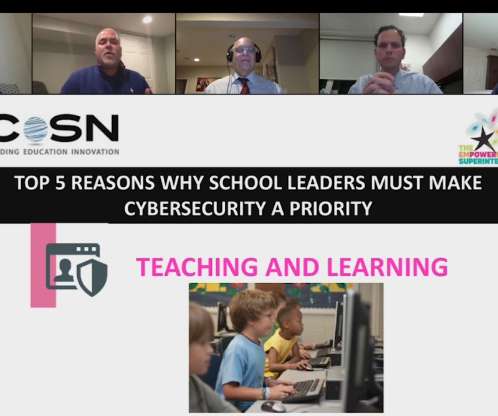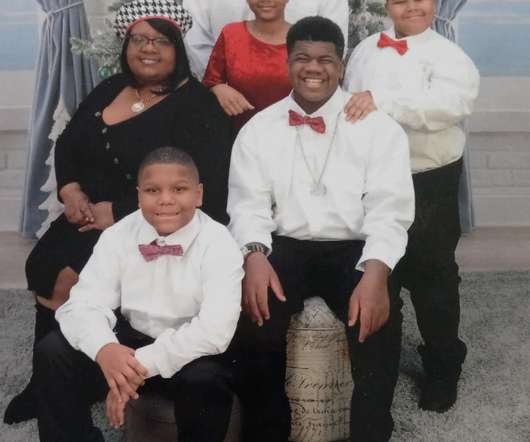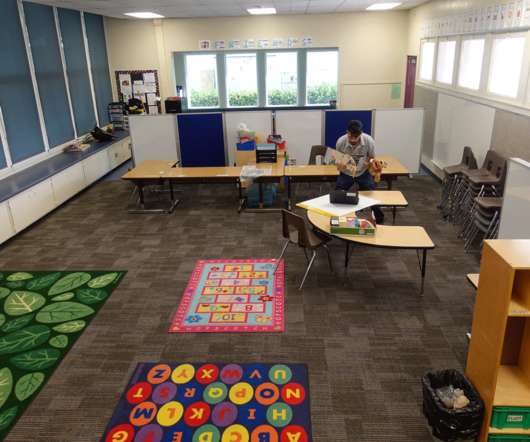How a Culture of Caring Is Helping These Schools Improve Student Mental Health
Edsurge
FEBRUARY 1, 2024
But then we still have some that wanna be on their phone, they wanna be on their Chromebook here at school, so they isolate themselves.” Some approaches include “advocacy centers” where students are coached through strong emotions with activities like yoga, breathing exercises or calming music.





























Let's personalize your content